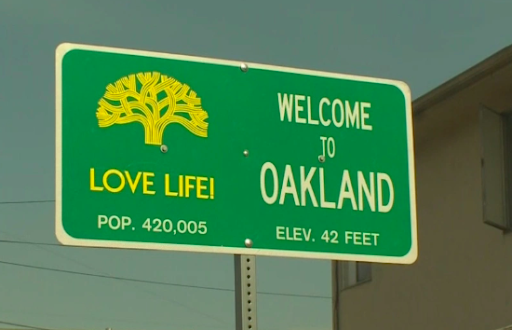| An OUSD press release |
| Dear OUSD Staff and Community:First, thank you to everyone for all the feedback on my first email and the FAQs about the budget. Another great resource I would like to share is the video of the Closing of the Books Board presentation. Interim Chief Financial Officer (CFO) Luz Cázares did a great job of explaining the details step-by-step.Based on feedback since my last message, I wanted to address a few key questions that I’ve captured from various board members, survey respondents, or from public comment during the Board of Education meeting.Overall reserve levels: The most common question I received was about the level of our reserves. This is understandable given our historical challenges in meeting our required reserve levels. The vast majority of the reserve is already assigned to specific purposes. At a high level:$30 million in unrestricted reserves: ~$20 million is to establish a 3.5% reserve for economic uncertainty. The remaining $10 million is already committed to mandatory projects (e.g., special education, facilities, see FAQs for more details).$40.4 million restricted reserves: Our previous FAQ breaks this down in more detail, but $30 million of this is either held intentionally in reserve (e.g., Measure N to provide funding stability) or already committed to a specific expense (e.g., Measure G1 paying for raises this year). Best practices for reserve levels: We mentioned that a 17% reserve is considered best practice for a reserve for economic uncertainty. That is true. (See California Department of Education guidance, see also Government Finance Officers Association or GFOA guidance). A commenter raised the issue that California may cap reserves for school districts like Oakland at 10%. That is also true. However, certain conditions must be met by the state before that limit can be imposed (see California School Board Association guidance). Those conditions have not been met. It is also clear that California’s school funding practices are not always aligned with best practices in school finance and that is why the Board adopted the Government Finance Officers Association Smarter School Spending Framework. (see, Board Resolution No. 1718-0144)Relatedly, some community members asked why the district would hold more than 3% unrestricted in reserve. There are reasons why school districts need to maintain reserves:Declining enrollmentManage cash flowOffset changes in anticipated funding or expendituresAddress unexpected costsSave for large purchasesReduce the cost of borrowing moneyWe are rebuilding our reserves and given the size of our annual budget of ~$585 million, a 3% reserve is still a relatively thin margin of error. Our schools and our employees suffered in the past when budget shortfalls meant mid-year reductions and layoffs. A healthy reserve could have prevented those actions.Because the district is so large, all of our financial numbers are large. To provide some context, during her presentation, our Interim CFO pointed out, the median income for Oakland families is $56,000. That means that if the family had a 3% reserve, it would be $1,680 in savings. Right now, we are 0.5% above the Board minimum. For an Oakland family, this would be putting an extra $560 into savings. A reserve at this level does not provide an adequate safety net for our District.Does OUSD’s reserve compare to other districts? The chart below, from the Council of Great City Schools, compares the unrestricted fund balance from 36 large urban districts across the country (click here for more information).The end fund balance for the top quarter of districts is greater than 18.6%. The end fund balance for the bottom quarter is below 5.8%. Oakland’s end fund balance of 5.2% is raising, but still below the vast majority of urban districts. (1.7% is already allocated to mandatory expensesAccuracy of OUSD’s projections: Some community members asked about the accuracy of OUSD’s projections and how are we addressing swings. As a matter of practice, it is natural for OUSD’s financial numbers to shift over time. In June, we have to adopt a budget based on attendance projections for students who may attend school in the fall, prior to the state budget actually being adopted, and before grants are actually awarded (or checks delivered). Our financial numbers can also fluctuate because in our budget we plan on hiring a certain number of staff for the full year, but are sometimes delayed in hiring them (and some leave before the end of school). We can absolutely get better, but these changing numbers are a natural part of a complex system. Throughout the year we deliver interim reports to update those projections as we get updated information. Our next big report will be in mid-December when we give the First Interim Report. We are learning from all your feedback and we will get better and better at providing quality and accurate data to the community.Looking forward to sharing more with you in the future. Please share any feedback.Respectfully, Preston Thomas Chief Systems and Services Officer (CSSO) |
What do you think?

